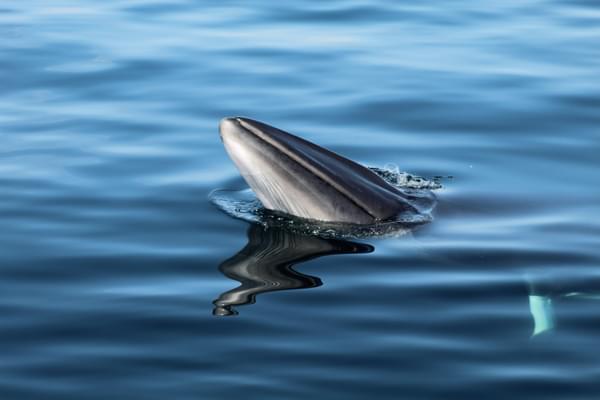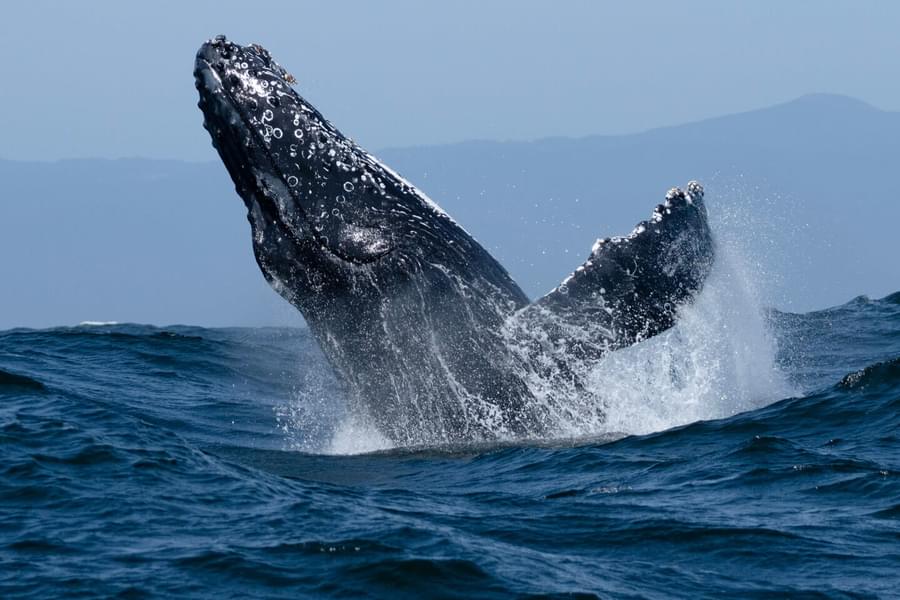A fascinating new study has revealed how whales are able to sing underwater while holding their breath, something that has mystified scientists until now.
In the words of the National Geographic article which reported on the new research “Try closing your mouth, holding your nose, and trying to hum—it won’t work.” (We’ve tried and they are right!).
Coen Elemans, Professor of bioacoustics at the University of Southern Denmark, collected fresh vocal tracts from a recently deceased humpback, minke, and sei whale. Creating artificial whale song with the tracts in a laboratory, he discovered that the whales had developed a larynx that was not unlike a bagpipe, and that their singing was made possible by the vocal cords rubbing against a fat pad at the back of it. Although it’s not clear how whales are able to make more than one sound at once, Elemans speculates that the cords may vibrate or rub at different speeds against the pad, or even against each other, creating options for simultaneous multi-tonal sounds.
It is thought that whales physiologically evolved this feature as a means of communicating when their land-based ancestors returned to the oceans around 50 million years ago.
The researchers also used 3-D computer simulations to replicate what happens when the whales’ larynx muscles operate. They discovered these structures cannot produce sound at higher frequencies than 300 hertz (Hz), or below depths of about 330 feet. As Elemans says; “Depth and frequency range overlap almost perfectly with what humans make, meaning they may struggle to compete with noise generated by shipping vessels, which emit sounds between 30 and 300 Hz.”
Other scientists have called this the “cocktail party effect,” meaning that when your vocal range overlaps with everyone else’s, it becomes harder to hear each other without raising your voice.
There are some big learnings here for areas of concerns about acoustic marine pollution, and the ability, or inability of whales to effectively communicate below a certain ocean depth and at higher frequency levels. To more fully explore the findings, species other than rorqual whales need to be subjected to the same tests and also adults rather than juveniles, as was the case with these samples.
Main image photo credit: Terry Carne

ORCA's work to protect whales and dolphins has never been more important and to help safeguard these amazing animals for the future we need your help. Please support our work by donating at www.orca.org.uk/donate to help us create oceans alive with whales and dolphins

